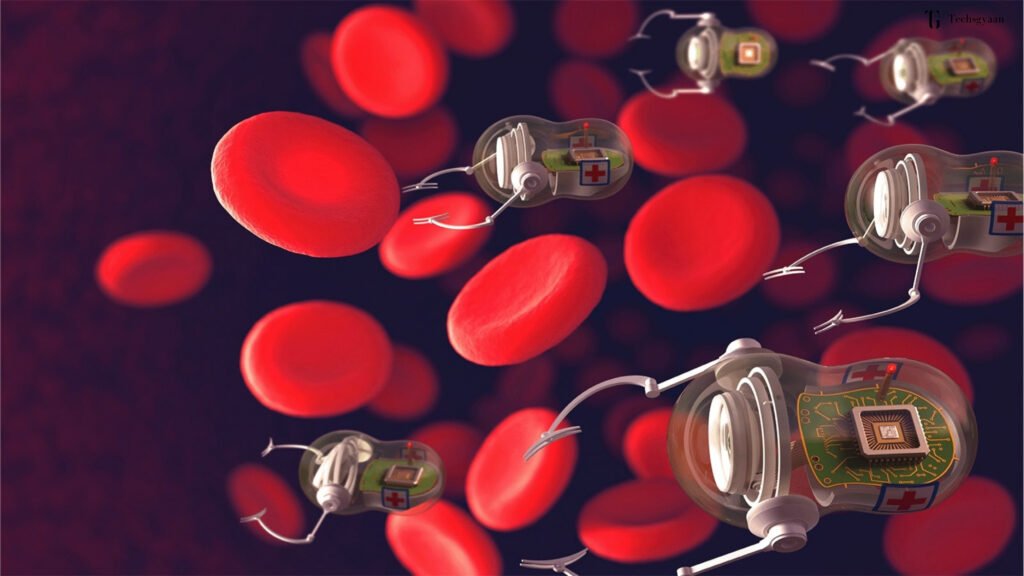
Researchers from the University of California, Santa Barbara (UCSB) designed a “material-like” collective of programmable micro-robots, which behave both like a fluid and a solid structure. This technology could lead to the development of a new sub-field of robotics.
The UCSB scientists working on simple robots that could work together, like a colony of ants or any other collective groups.
The recent study on the micro-robots describes that these units can switch itself from a “fluidizing” state to a more “solid” shape based on the rotational state of the robots.
This brilliant innovative idea is taken straight from science fiction concepts like the T-1000 from Terminator 2: Judgement Day. Scientists said that they have turned this theoretical vision into reality after studying embryonic morphogenesis, which is a biological process through which cells can change their shapes and turn into different tissues in the human body.
UCSB professor Otger Campas told SciTechDaily that living embryonic tissues behave like the ultimate smart material. These cells have the capability to self-shape, self-heal, and even they have the control on their material strength. More than this they can also soften themselves temporarily for switching between solid and fluid states to develop embryo’s final shape.
The UCSB researchers identified three biological process that could help them to program their robotic collective to mimic, which are, Interunit Force, Polarization, and Adhesion. These three processes allow cells to move around together, coordinate their movement, and also help them to stick with each other while developing into a solid organic part.
With the help of magnets and eight motorized gears the team developed the micro-robotic equivalents of these three biological processes.. The eight motorized gears are set to each robot’s circular outer layer.
For the experiment, the team of researchers developed a set of 20 relatively large micro-robotic units that could assemble into different shapes. Next step is to miniaturize the tiny bots and increase the number of units within the collective. With the help of machine learning technology, these thousands of micro-robots could assemble the collective into any desired shape with precise control.
Follow and subscribe Techsgyaan for more such Robotics news.
Also Read: Kerala Based Startup GenRobotics Innovations Is Using Robotics To End Manual Scavenging
AUTHOR
With over 4 years of experience in content writing, I specialize in crafting high-quality, engaging content for the tech, sports, gaming, and technical niches. My expertise lies in simplifying complex concepts and creating content that resonates with both technical and general audiences. Whether it’s a detailed guide, an in-depth review, or an informative article, I deliver content that drives engagement and enhances brand visibility. Let’s connect and bring your content to life!
Swastik




